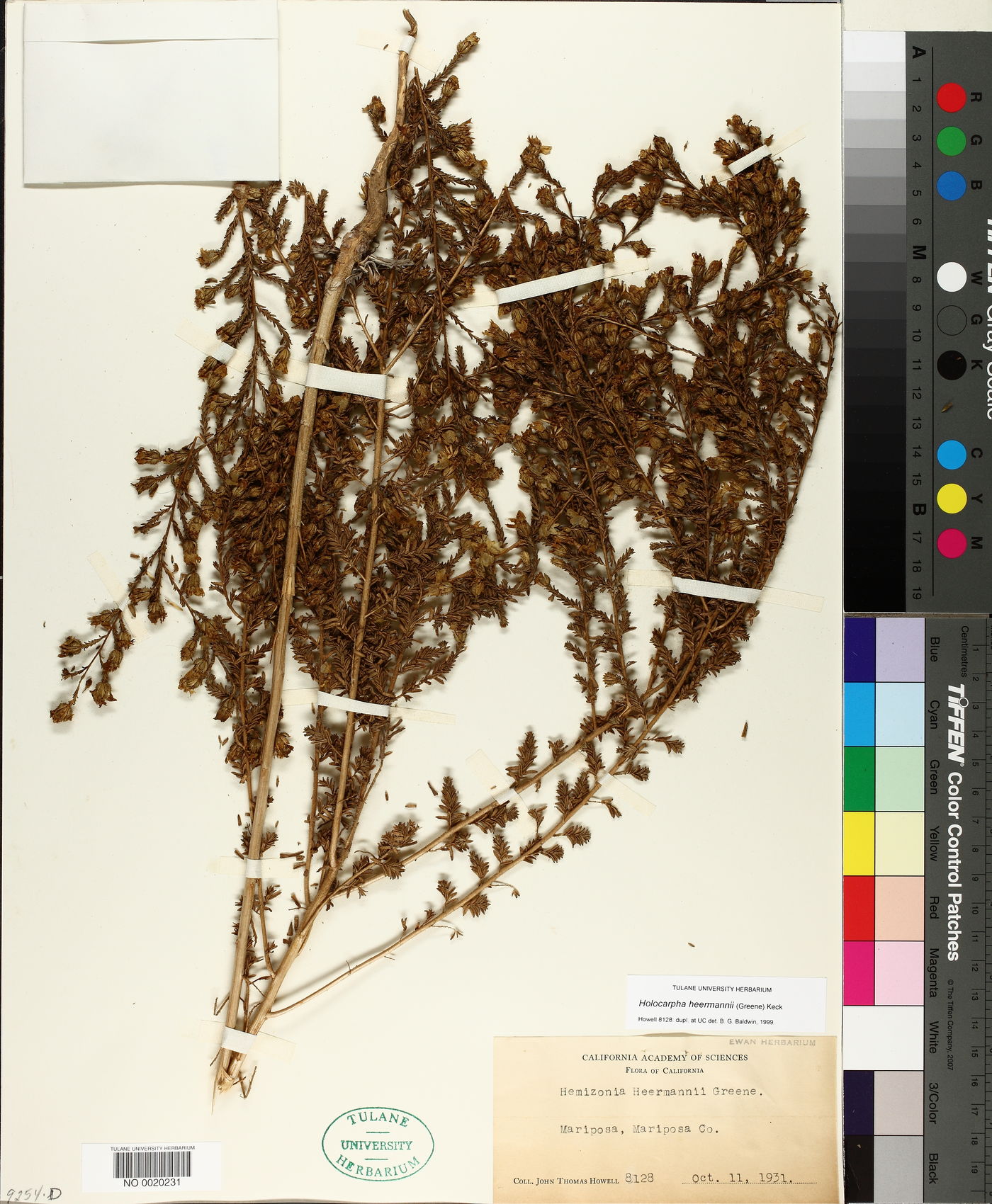
|
Family: Asteraceae |
Annuals, 10-120 cm. Stems ± erect. Leaves mostly cauline (at flowering); proximal opposite (forming winter-spring rosettes, usually withering before flowering), mostly alternate; sessile; blades linear to oblanceolate, margins serrate to serrulate or entire, faces hirsute to strigose, sericeous, or villous (distal leaves sometimes stipitate-glandular and/or gland-dotted as well, apices of distal leaves usually each with pit-gland). Heads radiate, borne singly or in± corymbiform, paniculiform, racemiform, or spiciform arrays or in glomerules. Peduncular bracts: pit-glands 1 (terminal). Involucres ± obconic or campanulate to ± globose, 4-8+ mm diam. Phyllaries 3-16 in 1 series (elliptic, oblanceolate, or obovate, herbaceous, each usually 1/2 enveloping a subtended ray floret proximally, abaxially with pit-gland-tipped processes and glabrous or hispid, hispidulous, puberulent, and/or sessile- or stipitate-glandular). Receptacles flat to convex, glabrous, paleate (paleae subtending all or most disc florets). Ray florets 3-16, pistillate, fertile; corollas yellow (without purplish nerves, lobes 1/8-1/2 lengths of laminae, ± parallel). Disc florets 9-90, some bisexual and fertile, the rest functionally staminate; corollas yellow, tubes shorter than or about equaling funnelform throats, lobes 5, deltate (anthers yellow to brownish or reddish to dark purple; styles glabrous proximal to branches). Ray cypselae ± obcompressed (gibbous, basal attachments lateral, apices beaked, beaks adaxial, ascending, faces glabrous); pappi 0. Disc cypselae ± clavate (basal attachments central, apices beakless, faces glabrous); pappi 0. x = 6. Molecular phylogenetic data have indicated that Holocarpha is most closely related to Deinandra (S. Carlquist et al. 2003). The low chromosome numbers in Holocarpha are probably the result of extensive, descending dysploidy. All are self-incompatible.
|
This project was made possible in part by the Institute of Museum and Library Services [MG-70-19-0057-19].
Powered by Symbiota



